The Faculty of Civil Law, in collaboration with the Miguel...
Read More
Announcements

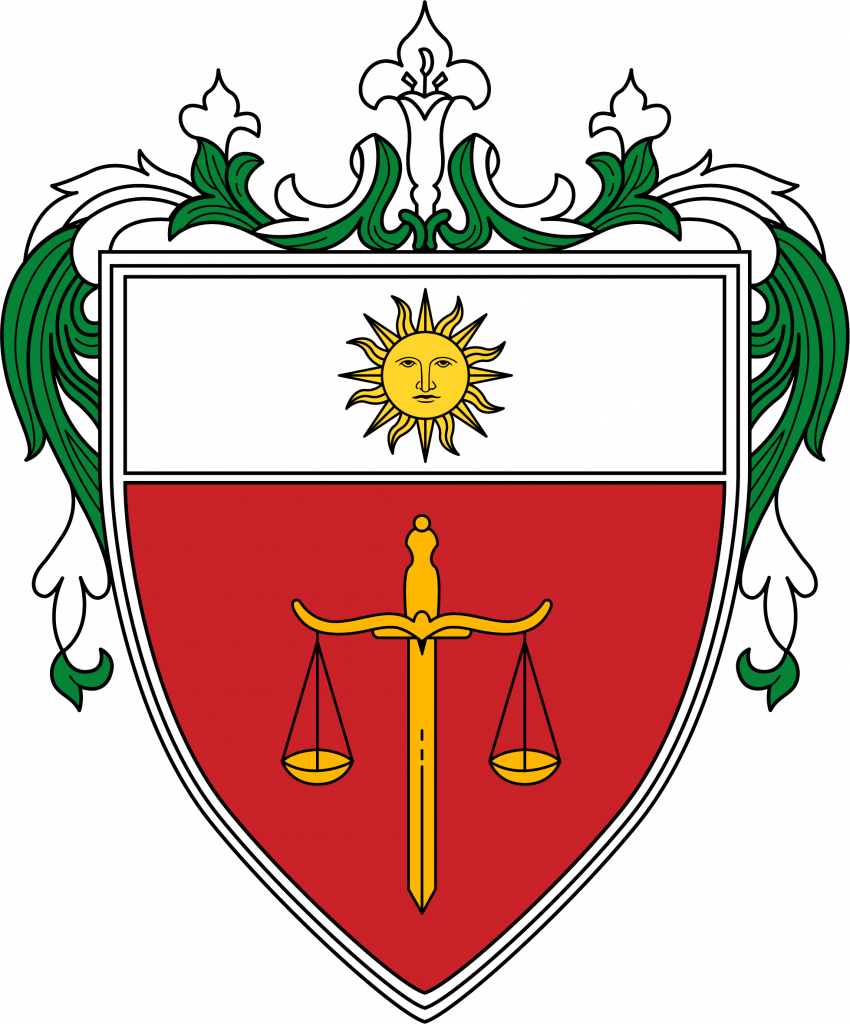
Faculty of Civil Law (1734)
The Faculty of Civil Law aims to develop men and women trained in the theory and practice of law and so imbued with Christian virtues and principles as to be worthy members of the legal profession and the community, particularly devoted to the pursuit of truth and the promotion of justice under a regime of liberty and democracy.

Send us your feedback
The Faculty of Civil Law, in collaboration with the Miguel...
Read MoreTwo Thomasian lawyers made the cut in the Top 20...
Read More

(ca. 1175-1275), priest
Patron of the UST Faculty of Canon Law and the UST Faculty of Civil Law
Feast Day: January 7
Belonging to a noble family of Peñafort, Raymond was born in Barcelona, Spain around 1175. He became a distinguished theologian and professor of Canon Law at the University of Bologna; and while there, he joined the Order of Preachers in 1222. Eventually, he was ordained to the priesthood and became a celebrated Master of Canon Law. When Pope Gregory IX appointed him papal chaplain and penitentiary, he compiled and revised the papal Decretals, which was the basis of the Code of Canon Law of the Church until 1917. He had to rewrite and condense the decrees that had been multiplying for centuries. In 1235, he was named Archbishop of Tarragona but he was able to persuade the Pope to recall his appointment due to health reasons.
At the request of his brethren, he composed the famous Summa Casuum, a manual for confessors and preachers concerning the correct and fruitful administration of the Sacrament of Penance. In 1238, he was elected as the third Master of the Order and revised the Dominican Constitution (which was to remain in effect until 1924), but he resigned two years later also due to health reasons. Retiring to Barcelona, he spent the next thirty-five years preaching, hearing confessions and working for the conversion of Jews. He studied the Koran to dialogue with Moslems, and introduced the study of Arabic and Hebrew into several Dominicans convents. Furthermore, it was at his request that St. Thomas Aquinas wrote the Summa Contra Gentiles to aid missionaries in explaining the Christian religion to, and defending it against, dissenting points of doctrine in Islam and Judaism. He died a centenarian in 1275 and was canonized by Pope Clement VIII in 1601.
The reputation of St. Raymond in juridical science and his immense contribution to the codification of the Canon Law underscore the virtues to be imitated by the UST Faculty of Canon Law and the UST Faculty of Civil Law. Established in 1681, the UST Faculty of Canon Law undertakes the work of evangelization to understand, defend and proclaim the faith within the context of culture and human society, collaborating effectively in its pastoral, doctrinal, ecumenical and missionary undertakings. Moreover, the UST Faculty of Civil Law, the oldest lay faculty in the Philippines (1734), continues to impart solid formation, imbued with Christian virtues and principles, and to serve the best interests of the profession, the nation and the Church.
Sources:
In this playlist, listen to some of the College’s academic staff and alumni as they share about their fields of expertise.

Rev. Fr. Isidro C. Abaño, O.P., SThL-MA
Regent
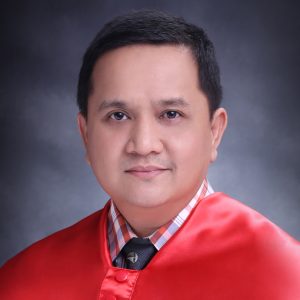
Assoc. Prof’l. Lect. Atty. Arthur B. Capili, Ll. B.
Faculty Secretary

Rev. fr. Isidro D. Abaño, O.P. SThL-MA,
Member (Ex-Officio)
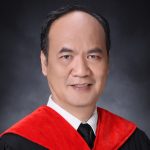
Judge Philip A. Aguinaldo, Ll. B.
Member

Atty. Alden Francis Gonzales
Member

Atty. Amado Tayag
Member

Justice Myra Fernandez
Member
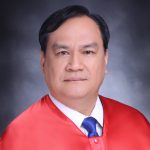
Justice Ronald B. Moreno
Member

Judge Myra Quiambao
Member
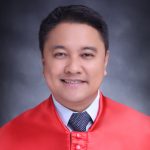
Atty. Enrique dela Cruz, Jr.
Member

Assoc. Prof’l. Lect.Atty. Arthur B. Capili
Ex-Officio Secretary

Mr. Rod Ryan R. Castro
Office Clerk

Mr. Jaysan Z. Ingalla
Office Clerk
The Faculty of Civil Law is the oldest lay faculty in the University as well as in the Philippines. It was established on September 2, 1734, with a curriculum identical to that adopted during the time in leading universities of Europe. The number of subjects in the curriculum was later enriched and expanded. During the major part of the Spanish regime, the course consisted of twelve semesters (six years), based on a year of preparatory work.
During the American regime, the University of Santo Tomas modified the curriculum of the Faculty of Civil Law several times in order to meet the changing conditions. But firm in the resolve of turning out the worthy members of the Bar and practical Catholic lawyers, the University adhered to its basic policy of retaining in its curriculum important subjects introduced during the Spanish regime, to fully accomplish the aims and purposes of a sound Catholic legal education.
Under the Republic of the Philippines, the Faculty of Civil Law, faithful to the age-old principles guiding her mission, continues imparting the same solid formation, exacting the same academic discipline, and striving to serve the best interests of the profession and the nation.
Throughout her centuries-old existence, the Faculty has given the nation four Presidents: Manuel L. Quezon, Sergio S. Osmeña, Jose P. Laureal, and Diosdado P. Macapagal. It has likewise produced six Chief Justices: Cayetano L. Arellano, Victorino M. Mapa, Manuel G. Araullo, Ramon Q. Avanceña, Roberto B. Concepcion, and Andres R. Narvasa.
The Faculty has produced three graduates who placed first in the annual bar examinations: Roberto B. Concepcion in 1924; Diosdado P. Macapagal in 1933; and Arlene M. Maneja in 2002.